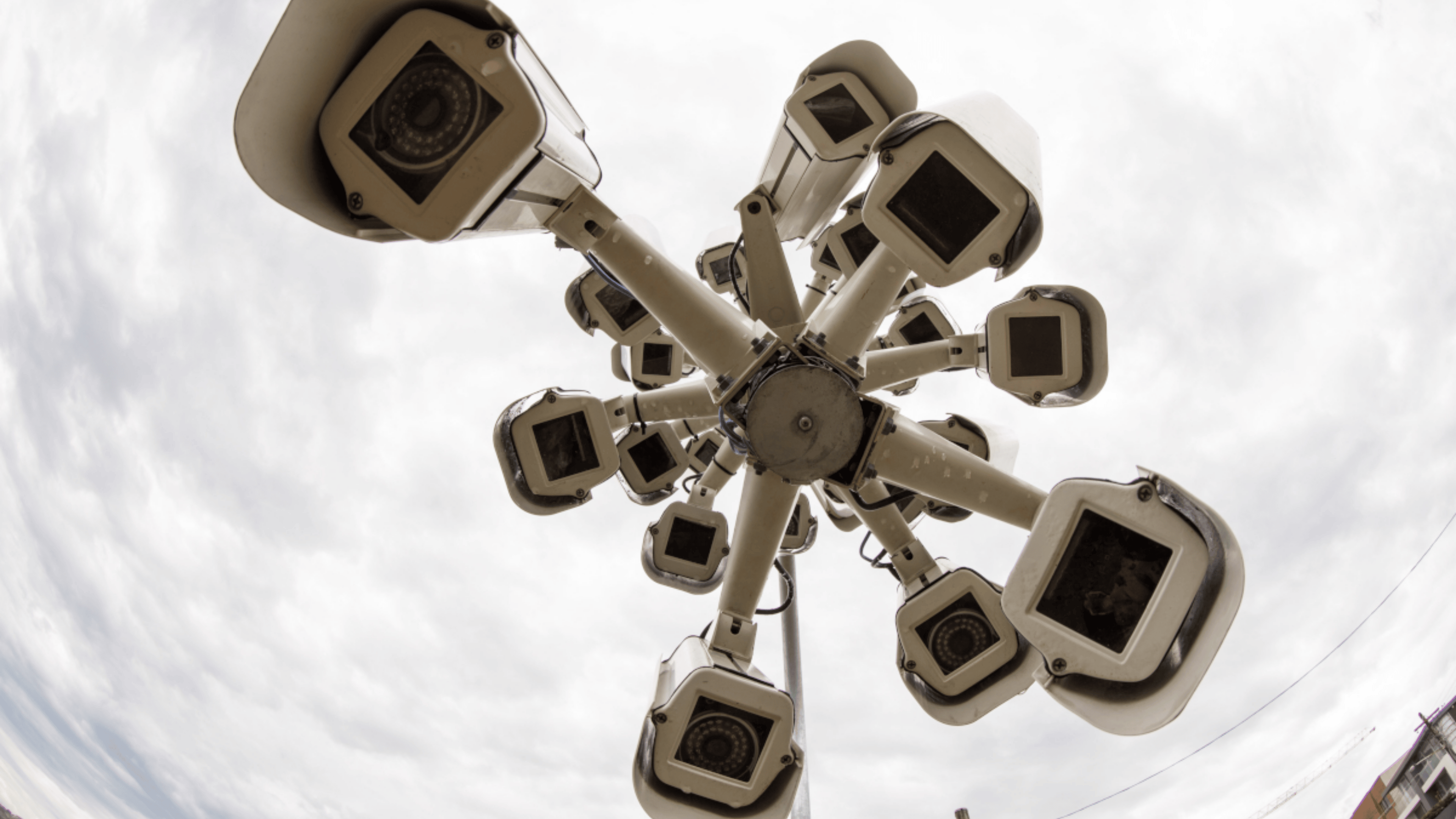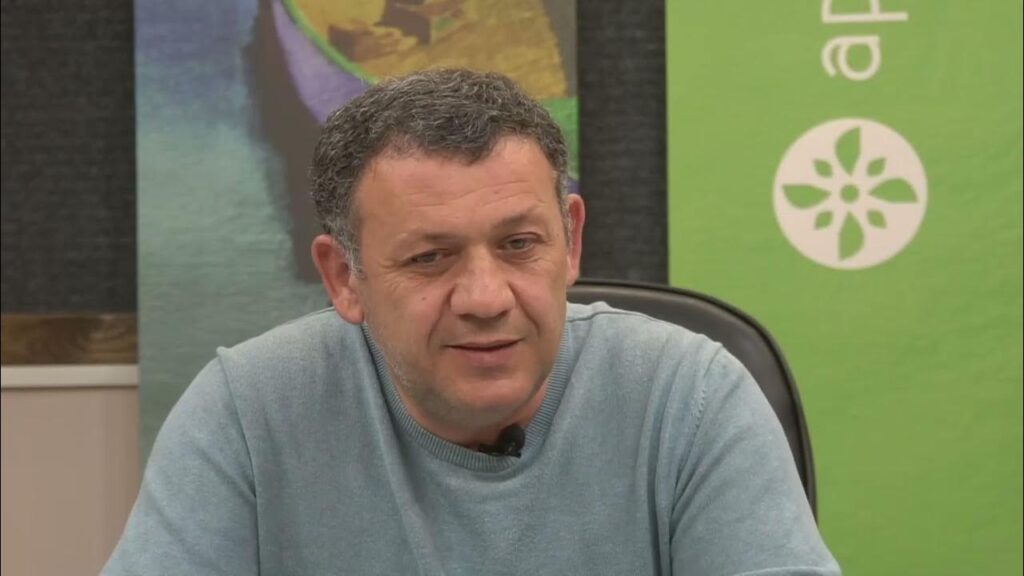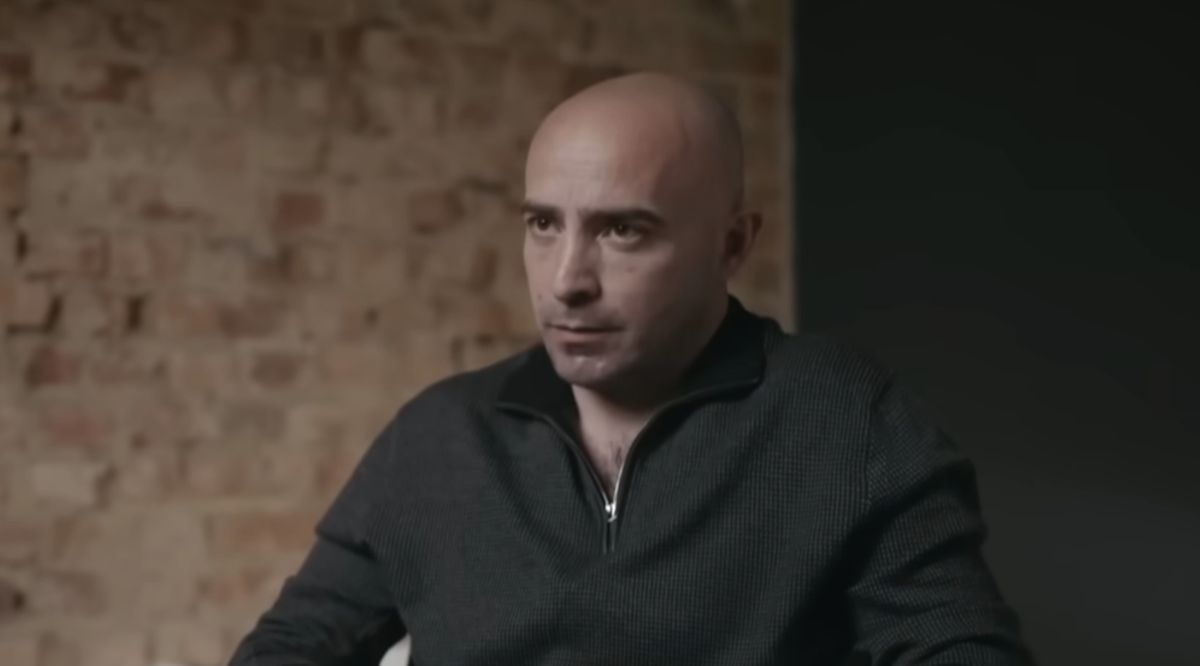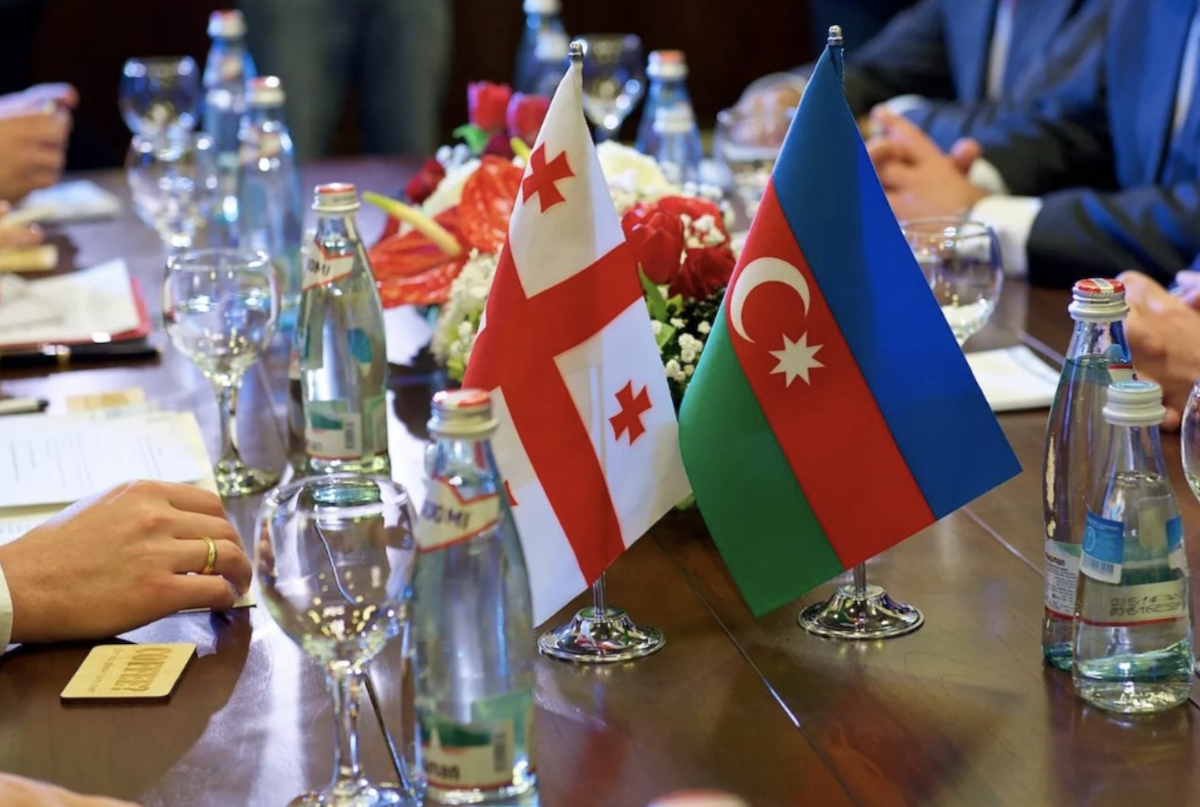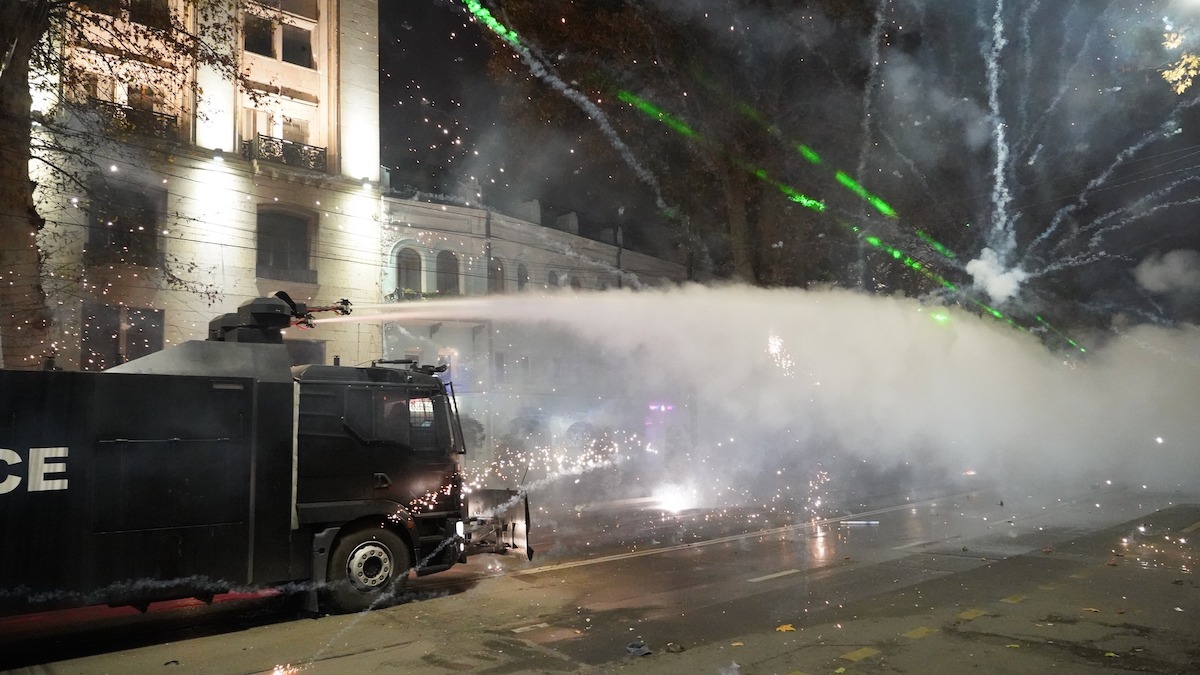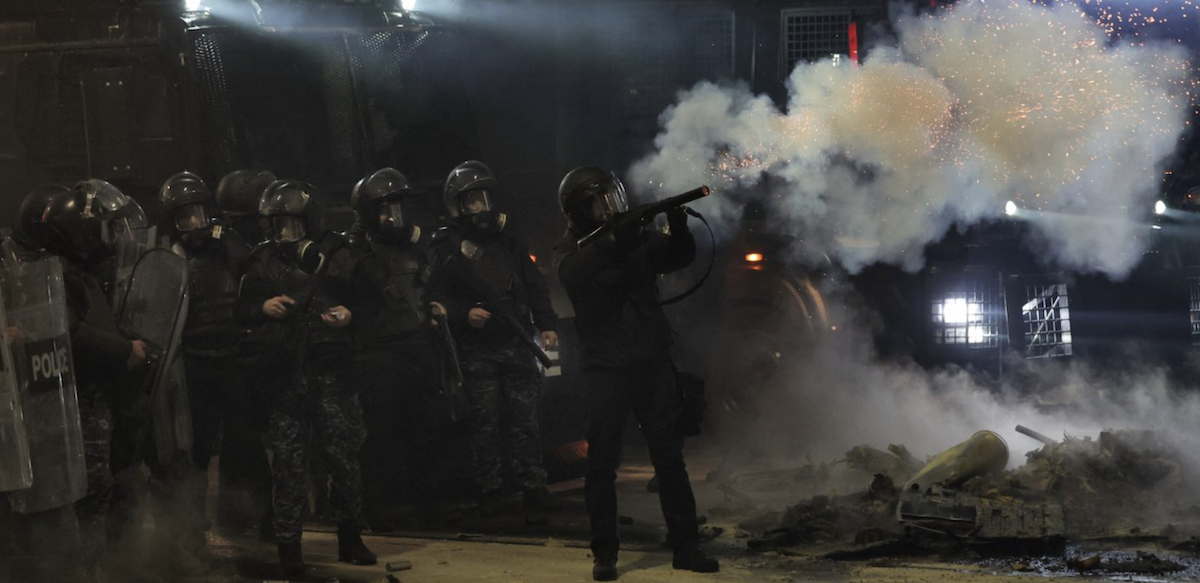Will an ancient monastery complex in the mountains bring tension between Azerbaijan and Georgia to a head?
An ancient monastic complex in the mountains on the undivided part of the border between Georgia and Azerbaijan has caused a serious diplomatic dispute between the two countries which has led to negative political statements and public outrage in both countries.
In Georgia, the historic complex is called David Gareji, and Keshishdag, or Keshikchidag, in Azerbaijan.
In 2018, the European organization Europa Nostra completed its review of this unique historical monument. In its report, it says that the whole complex includes 21 temples and 5,000 cells. Europa Nostra also added it to its list of monuments of cultural importance threatened by destruction.
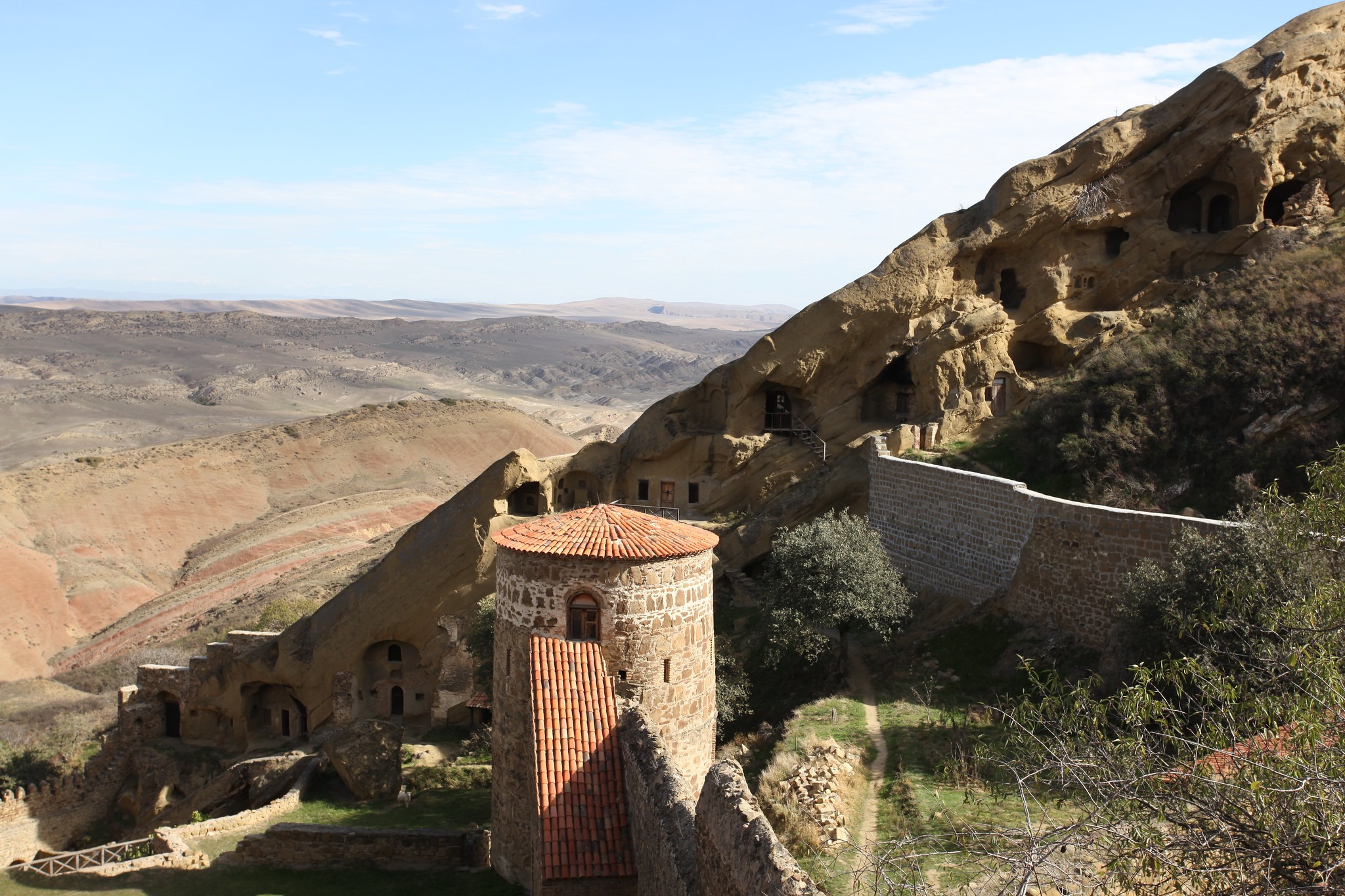
The two countries have different historical facts and sources related with the site.
The current non-demarcated border passes right through the complex, and negotiations between the two countries have so far been unable to solve the matter of who has claim to what.
• Landmines on the Georgian-Azerbaijani border
Georgia claims the complex be a monument of Georgian culture. Azerbaijan believes that the complex is part of Albanian culture – not Georgina.
As a result, 35 per cent of the 480-kilometer border between Azerbaijan and Georgia remains undivided. But the issue also remained untouched for decades.
Clergymen and tourists could freely visit David Gareji from the Georgian side, including to go to the park of the complex on the Azerbaijani side, without checking passports and restrictions.
And suddenly the situation around the historical monument deteriorated sharply in April-May 2019.
What happened?
The topic surfaced after Georgian President Salome Zurabishvili went to David Gareji on April 20 and met with Georgian border guards in the area.
There, the president said that it was important to resume work of the bilateral commission and demarcate the border. Soon after, the Azerbaijani side closed access to the complex for several days, which caused a sharp upsurge of indignation in Georgia.
There were sharp comments from several politicians and in the media. A similar reaction appeared in Azerbaijan.
Three days after telephone discussions between the two foreign ministers, the passage was opened. However, the issue has remained on both parties’ agendasss.
In particular, a public movement “In defense of David Gareji” began in Georgia. Several hundred activists came to the monument and organized a “living chain” on the mountainside from the Georgian side where they stood holding hands for several hours.
Various media sources say the number of border guards on the Azerbaijani side has increased.
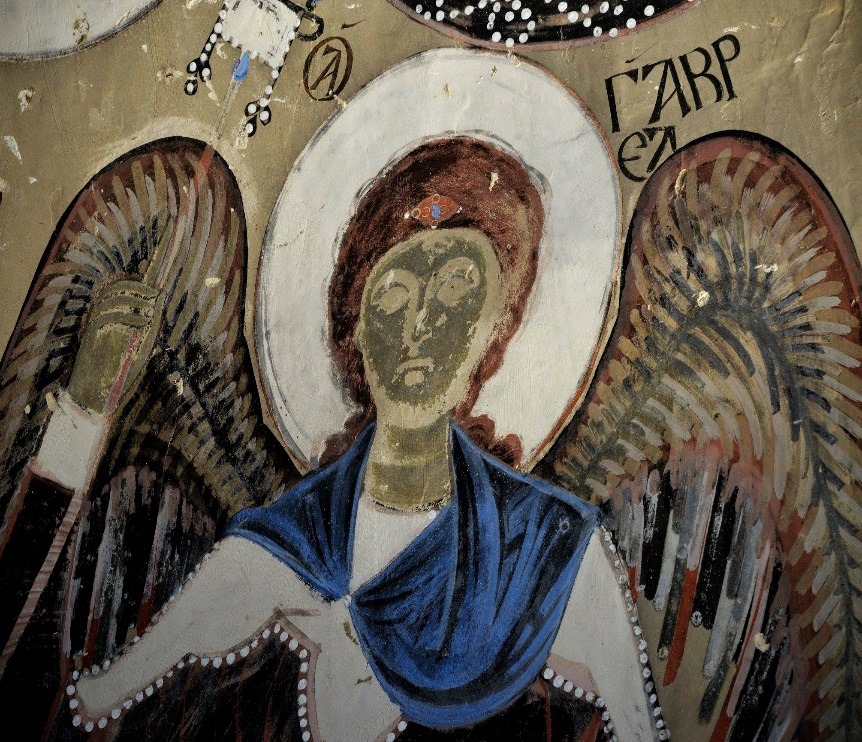
Baku: Tbilisi’s statements are complicating the situation
“Closing the entrance to the monastery complex was the decision of official Baku. And this was due to the statements that the president of Georgia made during her meeting with the border guards. After that, many Georgian officials began to repeat her words. It seems that these statements are managed from a single center”, Head of the Atlas Research Center and analyst Elkhan Sahinoglu told JAMnews.
Azerbaijani political scientist Ilgar Velizade also believes that the Georgian side has politicized the topic.
“President Salome Zurabishvili’s statement was regarded in Baku as a political challenge. After that, excitement began around this issue”, Velizade told JAMnews.
Mubariz Karayev, who served as adviser to the President of Georgia on minority issues during the presidency of Mikheil Saakashvili, said that Zurabishvili’s words were a continuation of a certain chain of events.
“The erection of a monument in the beginning of this year in Akhalkalaki to an Armenian fighter of the period of the Karabakh war of the 1990s; the March 23 march in Tbilisi, timed for the ‘Armenian genocide’; clashes of the local population with law enforcement agencies in the Pankisi Gorge.
“The appearance of the David Gareji complex issue against the background of these events should be a message for the political elite of Georgia. The authorities should decide on the political vector of the state”, Karayev told JAMnews.
On May 3, 2019, that is, directly at the height of the dispute around the monastic complex, the President of Azerbaijan returned to the post of Deputy Foreign Minister Khalaf Khalafov, despite the fact that he had dismissed him from the same post just five months ago. Khalafov also became the presidential envoy for border issues.
Tornike Sharashenidze, a professor at the Georgian Institute of Public Affairs (GIPA), believes that the reason for the current exacerbation of the David Gareji issue is the lack of normal political communication between the governing structures of the two countries.
“President Aliyev personally does not know the current formal leader of Georgia, Prime Minister Mamuk Bakhtadze. The Georgian Foreign Minister is not a strong figure. There is practically no one in the government who could simply call Baku and resolve the issue”, Tornike Sharashenidze told JAMnews.
“The issue of border delimitation was almost solved by 2007, but then there was the August war in 2008, and this question was abandoned. And in 2012, a new government arrived, which decided to start everything anew. In any case, communication was needed not only between the authorities, but also between the public, historians, etc. But nothing was done.”
Is exchanging territories the answer?
Political analyst Ilgar Velizade says that the territory which Georgia claims is de facto Azerbaijani land:
“Despite the fact that the delimitation process has not yet completed, it is the state border. And it can open and close at any time. The Azerbaijani side is not obliged to explain to anyone its actions. It should be borne in mind that there are no border crossing points there.”
Velizade explains the delay in delimitation work for many years by the closed nature of the process. Velizade says the Georgian side at different times has offered Azerbaijan an exchange of territories – in other words, the transfer of another territory in exchange for a part of the monument located in the territory of Azerbaijan. Official Baku has refused this offer.
Analyst Elkhan Shahinoglu says that although Georgia has territorial claims to Azerbaijan, Baku will not make concessions on this issue.
“Official Tbilisi should change the rhetoric in its negotiations with Azerbaijan. Otherwise, tension will negatively affect relations between the two countries. In Azerbaijan, too, there are calls to start ‘demanding autonomy for Azerbaijanis of Georgia.’ What is happening now does not serve the interests of Georgia and does harm to Georgian-Azerbaijani relations”, said Shahinoglu.
Georgian political analyst Gela Vasadze:
“The borders that exist today between the two countries were drawn during the Soviet era with the expectation of economic activity. In those days there were no divisions between Georgians and Albanians, it was a common spiritual center.
“Therefore, to solve it today we must not demarcate borders. The problem would have long been decided by the creation of a common historical and cultural reserve.”
Why is it so difficult to delimit this particular section of the border?
The Interstate Georgian-Azerbaijani Bilateral Commission on the Delimitation and Demarcation of the State Border was established in 1996. It has never worked actively, and for several years it has remained entirely dormant as a body. The last meeting of the commission was held in 2011 in Baku.
According to the press secretary of the Ministry of Foreign Affairs of Azerbaijan, Leyla Abdullayeva, out of the 480 kilometers of the border between the two countries, 314 kilometers have been agreed upon. The remaining 166 kilometers are being studied.
Georgian President Salome Zurabishvili commented on the issue of the border in an interview with the Georgian service of Voice of America. She said that “closer to the collapse of the Soviet Union, there were only maps from 1938, where there are only administrative boundaries. Since then, there are no new maps.”
Therefore, the President of Georgia said, this is a simple question legally.
However, Leyla Abdullayeva says that the map of 1938, which is referred to when discussing the issue of the border between Georgia and Azerbaijan, has a scale of 1: 500,000.
“This map is a document adopted by the Azerbaijan SSR and the Georgian SSR. Subsequently, in 1942, the USSR made a decision to prepare maps with a clearer view on a scale of 1:100,000. In addition, there is also a 1963 edition of the map, approved by the Supreme Council of the Georgian SSR. When considering the issue of delimitation at the working group level, these maps are referred to. Until now, no problems have arisen because of this”, said the spokesman for the Azerbaijani Foreign Ministry.
But, as many experts believe, the problem is not maps. Even if the delimitation commission resumes work soon, as the politicians on both sides promise, it will be difficult to resolve the issue of the monument.
As Mubariz Karayev explained to JAMnews: “the south-western slope of the hill is of strategic importance for Azerbaijan, which makes the issue of the historical monument a political issue.”
What might the consequences be?
International economic projects in the South Caucasus are implemented mainly with the participation of Georgia and Azerbaijan: these are primarily the Baku-Supsa, Baku-Tbilisi-Ceyhan oil pipelines, the Baku-Tbilisi-Erzurum gas pipeline and the Baku-Tbilisi-Kars railway route.
“Georgia is a window for the energy carriers of Azerbaijan, playing the role of a corridor for exporting them abroad. According to the official data from the last year, the trade turnover between the two countries amounted to 1.08 billion dollars”, says economist Natiq Jafarli.
“And in the commodity turnover of Georgia, the share of Azerbaijan is high – 9 percent, which brings it to the third position after Russia and Turkey. Basically, Azerbaijan exports natural gas and energy resources to Georgia. And the largest taxpayer in Georgia is SOCAR-Georgia.”
According to the Ministry of Economy of Azerbaijan, Azerbaijan has invested a total of $3 billion in the economy of Georgia and since 2012 has been in first place in this indicator.
“The peak of Ilham Aliyev”
On December 19, 2007, President of Azerbaijan Ilham Aliyev signed a decree announcing the Keshikchidag cave complex, which is part of the Keshikchidag mountain range on the territory of the Agstafa region of Azerbaijan, as the State Historical and Cultural Reserve.
The highest strategic point on the territory of the reserve is called Ilham Aliyev Peak.



















